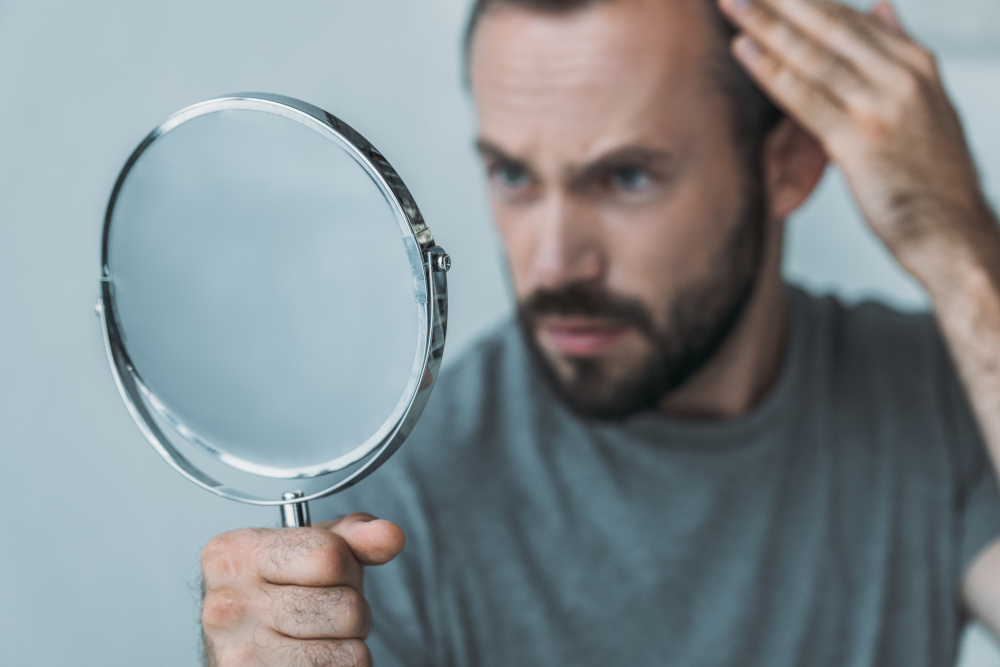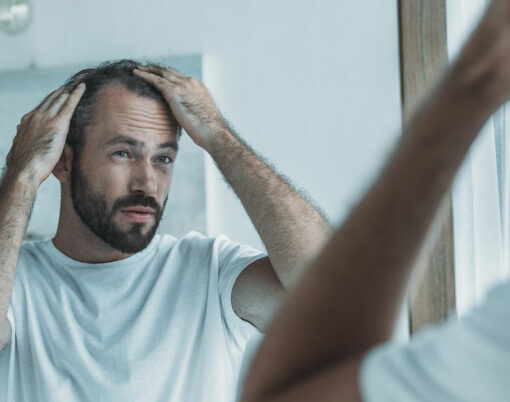Hair loss in men is pretty common and can affect a person’s confidence and, in some cases, can give them a completely new sense of identity. There are various preventative products on the market to help against hair loss as well as treatments available, but what about when men start to experience beard hair loss? That can be a little more tricky.
Here, Abbas Kanani, lead medical advisor at Chemist Click, talks more about alopecia barbae, why it happens and how you can prevent it.
What is alopecia barbae?
Alopecia barbae is form of the autoimmune disease alopecia areata that affects your facial hair.
Alopecia areata is essentially a form of autoimmune hair loss. Unlike more common hair loss which sees hair fall out in a specific pattern, for example a receding hairline or bald spot, alopecia areata causes you to lose hair in random small, uneven spots. The patches are usually small in shape but do not happen in any sort of pattern.

Hair loss from alopecia barbae most commonly occurs in small patches, you may notice small sections of your beard having less hair than others or becoming completely bald. Alopecia barbae could even cause you to lose all your beard hair, although this is uncommon and it’s usually only spots. It is not always permanent; however, it is pretty common for this happen on and off over a period of years with some areas growing back and some not.
What causes it?
The exact causes of this condition are unknown, stress can play a part as well as mental health conditions. Genetics also plays a key role, it’s more common in those who have a family member who suffers with alopecia, allergies or asthma. If you suffer with an autoimmune disease such as diabetes type 1, psoriasis or lupus then you are more likely to have it. Or again if you have relative who has an autoimmune condition you are more likely to get it than someone who does not. Other triggers can be things like medications, substances and viruses.
What are the symptoms?
Alopecia barbae can come on suddenly, within days or even over the course of a few weeks. You may notice bald patches occurring in small circles about the size of a two-pound coin. These circles may start to overlap with one another as more hair loss happens. You may also notice that your skin feels itchy and painful before you start to lose your hair, you may also experience redness, irritation or inflammation in the areas that are bald.

Are there ways to prevent it?
Unlike hair loss, alopecia barbae can’t easily be prevented because the root of the cause is pretty much unknown. Living well and adopting a healthy lifestyle with limited stress could help to reduce your chances of experiencing it.
How can we best treat alopecia barbae and hair loss?
There is no cure for alopecia barbae but, like hair loss, it is treatable. Hair loss is commonly treated using Finasteride tablets. Alopecia barbae differs in that different treatments have varying results depending on the person. Factors that determine results are age, how much hair loss there is and other lifestyle factors.
You can also try home remedies, they are not proven to cure the condition however they could improve or slow the process of hair loss. Garlic could help, as well as zinc and biotin supplements. Other natural options that could help are aloe Vera, fish oil, essential oils and wheatgrass.






















